Cover letter template 2023
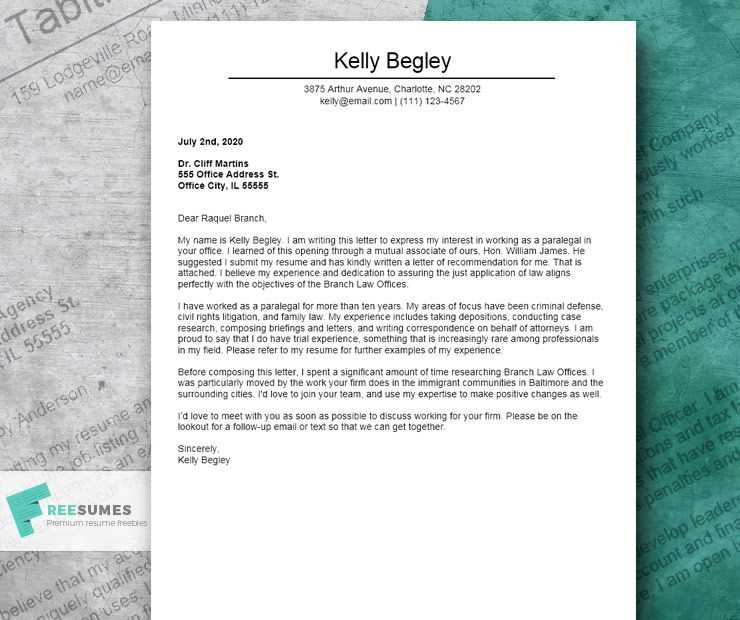
Crafting a tailored cover letter is a must when applying for jobs in 2023. Start by addressing the hiring manager directly, using their name whenever possible. This personal touch helps you stand out in a crowded applicant pool. A strong opening sentence should quickly convey your enthusiasm for the position while highlighting your most relevant skills.
Next, clearly demonstrate your understanding of the company’s needs and how your background aligns with their goals. Focus on specific examples from your experience that directly tie to the job description. This proves you’ve done your research and are genuinely interested in the role, not just applying blindly.
Conclude by expressing your eagerness for an interview, offering to discuss further how you can contribute to the team. A simple “I look forward to the opportunity to discuss my qualifications with you” shows confidence and professionalism. Don’t forget to thank the reader for their time and consideration.
Cover Letter Template 2023: Practical Guide
Tailor your cover letter for each job application. Focus on the company’s needs and how your skills align with their goals. Highlight experiences that demonstrate your ability to solve their challenges or add value to their team. Be specific and clear in stating how you can contribute to the role you’re applying for.
Start with a strong introduction. Mention the job title you’re applying for and how you learned about the position. Don’t forget to express enthusiasm for the opportunity in a natural tone. Follow up by introducing key skills or achievements that directly connect with the role’s responsibilities.
Next, focus on a key project or task from your past experience that shows your qualifications. Use numbers to demonstrate success wherever possible, whether it’s increasing revenue, improving efficiency, or leading a team. This makes your achievements more tangible and memorable.
Wrap up by reaffirming your interest in the position. Restate how you are a perfect fit for the job and how your values align with the company’s mission. Close with a polite call to action, inviting them to contact you for further discussions.
Lastly, keep the tone professional yet approachable. Avoid being overly formal or too casual, and make sure there are no errors in grammar or spelling. A cover letter that is concise, clear, and personalized stands out more than one that is generic and filled with clichés.
How to Start Your Cover Letter
Open with a direct, clear greeting to the hiring manager or recruiter. If you know their name, use it to create a personal connection. For example, “Dear Mr. Smith” or “Dear Ms. Johnson.” If you’re unsure of their name, “Dear Hiring Manager” works fine.
Next, immediately state the role you’re applying for and where you found the job posting. This helps the reader quickly understand your intention. For example, “I am writing to apply for the Marketing Specialist position advertised on your company’s website.”
Quickly follow up with a statement that highlights your enthusiasm for the position. Focus on what excites you about the role or the company. Mention specific aspects that caught your eye, such as the company’s mission, recent achievements, or the job’s challenges. Keep it to the point and avoid overly generic statements.
Structuring the Main Body
Focus on clarity and relevance. Begin with a strong paragraph that addresses your core qualifications and experience directly related to the job. Keep it concise while ensuring the hiring manager can see why you’re a good fit for the role.
Showcase Relevant Skills
Highlight the skills that directly match the job requirements. Focus on the achievements that demonstrate how your expertise solves problems or contributes to success in the field.
- List specific technical skills or tools you excel in.
- Include soft skills that align with company values.
- Provide examples of how you’ve applied your skills in past roles.
Demonstrate Your Impact
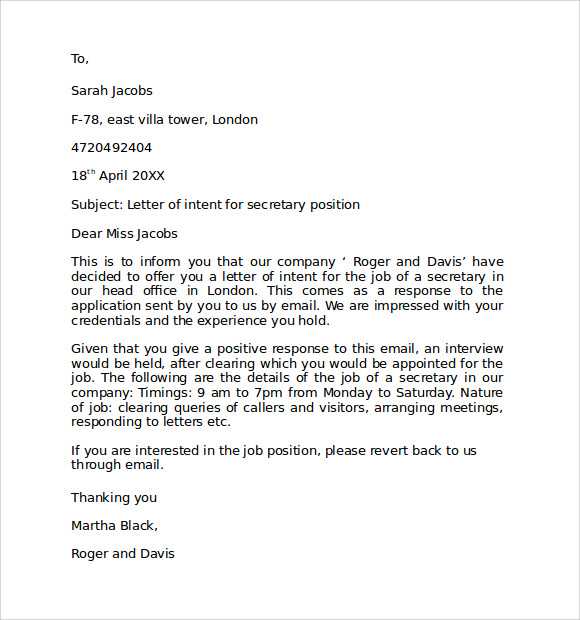
Quantify your impact. Whenever possible, include figures or data that show the outcomes of your efforts. Employers want to know how you will contribute to their goals.
- Use percentages, revenue growth, or process improvements to illustrate achievements.
- Keep examples relevant to the position you’re applying for.
Finish with a statement that connects your skills and experience to the company’s objectives. Tailor this section to show you’ve researched the organization and understand its needs.
Highlighting Your Skills and Experience
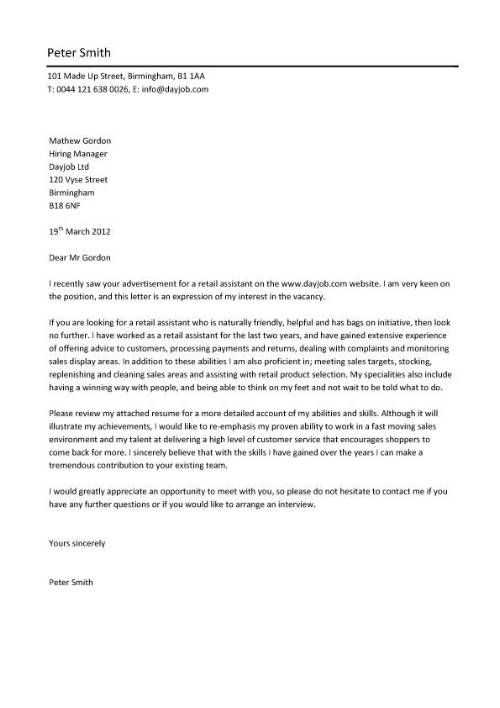
Tailor your skills to the job description. Focus on the specific competencies the employer values the most. Identify these skills by analyzing the job listing and matching them with your strengths.
For example, if the job requires project management skills, mention your experience with coordinating teams and delivering results on time. If they prioritize technical expertise, highlight your proficiency with relevant tools and software.
Showcase measurable achievements to demonstrate your impact. Include numbers, percentages, or specific outcomes wherever possible to create a clearer picture of your capabilities. For instance, “Increased sales by 30% in six months” is more compelling than “improved sales.”
Make sure to mention both hard and soft skills. While technical skills are vital, interpersonal abilities such as communication and teamwork can also set you apart.
- Technical skills: software knowledge, data analysis, engineering expertise
- Soft skills: problem-solving, collaboration, leadership
Balance between showcasing your expertise and aligning with the company’s values will make your profile more attractive. Tailor your experience to the employer’s needs, not just your own qualifications.
Tailoring the Letter for Each Job
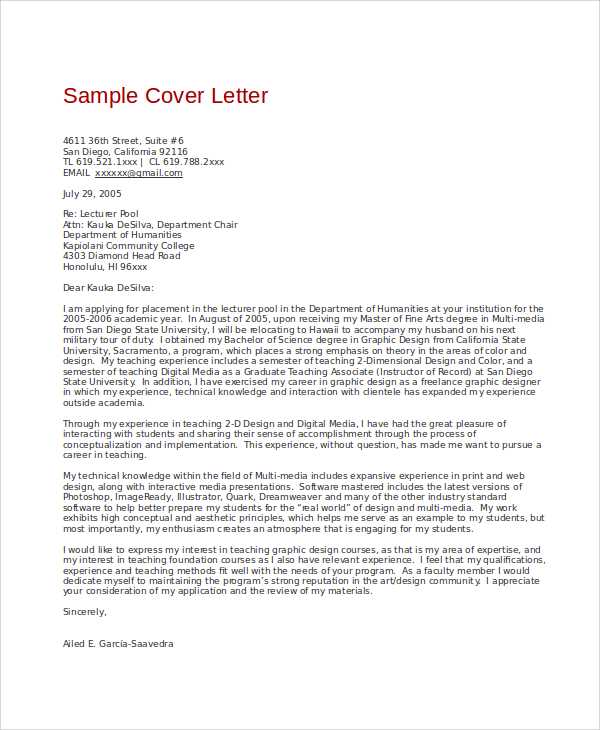
Focus on highlighting your relevant skills and experiences specific to the position you’re applying for. Review the job description carefully and identify key requirements. Align your qualifications with these needs by emphasizing how your background fits their criteria. Customize your introduction to reflect your enthusiasm for the company and the role.
Match the Tone and Language
Adjust the tone of your cover letter to match the company culture. If the organization is formal, maintain a professional tone throughout. For startups or creative fields, you can show more personality and enthusiasm. Tailoring your language ensures your letter resonates with the reader and shows you’ve researched the company’s values and expectations.
Showcase Relevant Achievements
Don’t just list your job responsibilities. Highlight accomplishments and how they relate directly to the job you’re applying for. Quantify your achievements when possible to make your contributions more tangible. This targeted approach demonstrates that you’re not just looking for any job, but the right one.
Choosing the Right Tone and Style
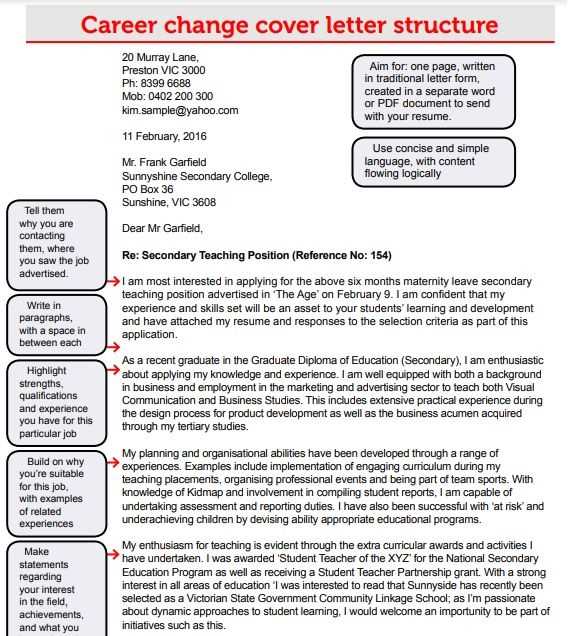
Match the tone of your cover letter to the company culture and position you’re applying for. Keep the style professional but approachable. Avoid sounding overly formal or too casual; instead, aim for a balanced tone that reflects your personality and the job requirements.
Consider the Company
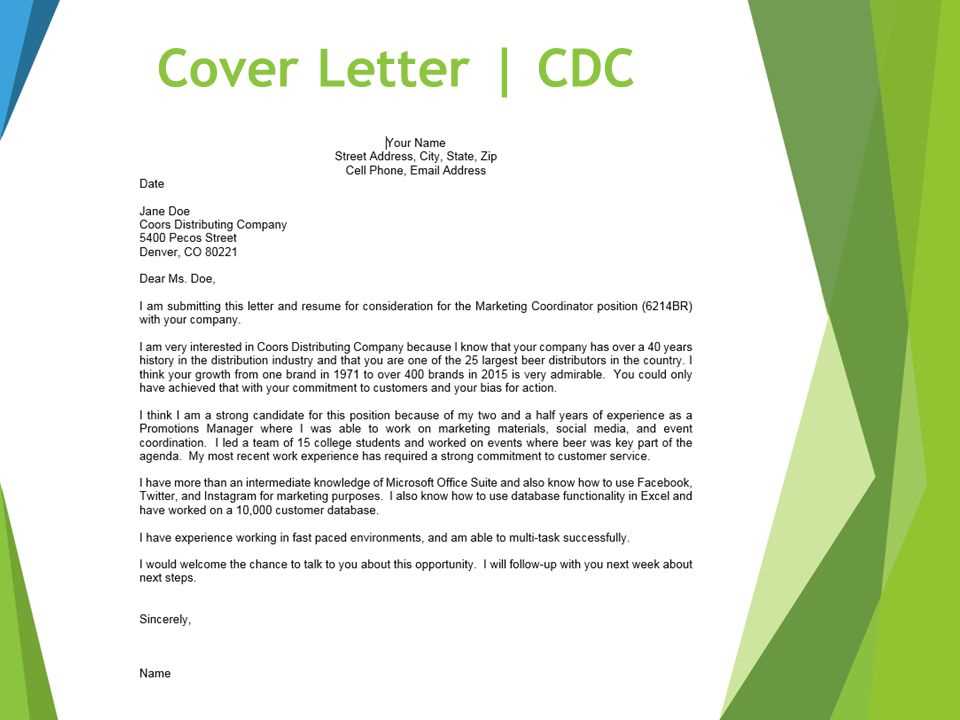
Before drafting, research the company’s communication style. A tech startup may welcome a more relaxed tone, while a law firm may prefer formal professionalism. Aligning your tone with the company culture shows you’re a good fit.
Adjust for the Role
The job description provides clues on the appropriate tone. Creative roles may call for a conversational and creative tone, while managerial positions require clear and concise communication. Tailor your language to demonstrate how your skills match the job’s responsibilities.
| Company Type | Preferred Tone |
|---|---|
| Tech Startups | Casual, Innovative |
| Corporations | Professional, Clear |
| Creative Agencies | Friendly, Creative |
| Legal Firms | Formal, Precise |
Key Elements to Include in the Closing
End your cover letter with a strong, clear call to action. State that you’re eager to discuss the position further and would welcome an interview. Highlight your enthusiasm for the role and how your skills align with the company’s needs. Show confidence in your qualifications without sounding presumptuous.
Appreciation and Professional Tone
Always thank the reader for their time and consideration. Acknowledge their busy schedule with a respectful note of gratitude. Keep your tone polite and professional, showing your interest in contributing to their team.
Closing Statement and Signature
Use a concise closing phrase such as “Sincerely” or “Best regards.” Afterward, include your name and contact information, ensuring that your closing is approachable but formal. This final touch reinforces your commitment to the application process and your interest in continuing the conversation.